The Montafon Hut‑to‑Hut Circuit Trek is a scenic multi‑day hiking route nestled in the beautiful Montafon valley of Vorarlberg, western Austria. This alpine loop connects charming mountain huts, crisscrosses high mountain passes, and winds past glacial lakes and rolling meadows. It’s known for dramatic ridge walks, peaceful valleys, and authentic hut hospitality. Trekkers from the USA, UK, Australia, and Germany are drawn to its blend of challenge and tranquility, with fewer crowds than the more popular alpine trails. Montafon Hut‑to‑Hut Circuit Trek – Austria.
This trek lets you step from one refuge to another, offering a true hut‑to‑hut experience. You’ll cross rocky passes, soak in panoramic peaks and alpine flora, and rest in cozy huts each night. It’s famous for delivering big alpine views in a manageable package for hikers from diverse backgrounds.
Best Time to Visit
The best window to hike Montafon Circuit is mid‑June through early October. Here is a breakdown:
- Mid‑June to mid‑September offers firm trails, open huts, and blooming wildflowers. Weather is generally stable.
- July and August bring the warmest temperatures, melting most snow. Trails are usually clear by July.
- September offers crisp air, fewer hikers, and golden light—great for photos and quiet enjoyment.
- Early October is still possible but huts may start closing, and conditions turn colder. Snow may return on high passes.
Adjust dates based on your comfort with altitude, snow, and solitude.
How to Reach (Train / Road / Air)
Getting to the Montafon region is straightforward, with solid air, rail, and road links:
- By air: Fly into Innsbruck or Zurich airports. Zurich offers strong international connections, while Innsbruck is closer.
- By train: From Innsbruck or Zurich, regional trains reach Schruns or Bludenz. These towns are the main gateways to Montafon.
- By road: Renting a car or using shuttle services from Innsbruck or Zurich gives flexibility. Major roads lead into the Montafon valley.
- Local transit: Bus services connect towns and trailheads. Some hotels and huts arrange pick‑ups for trekkers.
Entry Fees and Permits (Approximate or Subject to Change)
- There are no formal entry fees for hiking the trails—they are public Alpine paths.
- Mountain huts charge modest nightly rates—typically €30 to €60 per person for dorm beds, €60 to €100 for private rooms, depending on season and amenities. Prices are subject to change.
- Park or conservation charges: Some areas may ask for a small fee—often a few euros—to support local conservation. It varies by hut and region.
- Alpine club membership: Optional, but may offer discounted hut rates or priority bookings.
Food Availability and Meal Options During the Trek
- Mountain huts serve hearty dinners (usually a fixed menu), breakfast, and sometimes packed lunches. Expect soups, pasta or dumplings, meat or vegetarian stews, bread, cheese, and simple desserts.
- Snacks: Carry your own trail snacks—nuts, bars, dried fruit, chocolate—for between huts.
- Villages like Schruns or St. Gallenkirch at start and finish offer grocery stores, bakeries, and cafes to stock up or refuel.
- Water: Fresh drinking water is usually available at huts or nearby streams. A refillable bottle and purification tablets or filter are smart to carry.
Packing List and Essentials
Think compact but prepared. Here’s a useful packing list:
- Daypack (25–35 litres)
- Waterproof jacket and pants
- Insulating layer (fleece or lightweight down)
- Breathable trekking trousers and shirts
- Hat, gloves, buff
- Sturdy, waterproof hiking boots (well broken in)
- Trekking poles (great for support on uneven terrain)
- Headlamp with spare batteries
- Sunglasses, sunscreen, lip balm with SPF
- Reusable water bottle or hydration bladder
- Lightweight towel, basic toiletries
- First‑aid kit (blister care, pain reliever, plasters)
- Trail map, compass or GPS app offline
- Energy snacks and breakfast bars
- Mobile phone and portable charger
- Sleep liner for huts for hygiene
Safety Tips and Local Regulations
- Mountain weather changes quickly—check forecasts each day. Dress in layers, and be ready to halt if storms brew.
- Trail markings are generally clear. Still, carry a map and stay familiar with route details.
- Alpine risks: loose stones, steep drops, and snow patches—act carefully, especially in wet or foggy conditions.
- Wildlife: Admire from a distance. Do not feed marmots or other animals.
- Camping: Wild camping is usually prohibited—stick to huts or designated campgrounds.
- Emergency rescue: Dial 112 for mountain rescue.
- Mountain hut etiquette: Respect hut quiet hours, deposit rules, and bring indoor slippers or sock feet for dorms.
- Leave no trace: Pack out all trash and minimise your impact.
Tips for Beginners or First‑Time Visitors
- Start with day hikes in lower elevations to assess fitness and gear before attempting multiple days.
- Divide the circuit into shorter daily stages—4 to 6‑hour hikes keep pace steady and enjoyable.
- Reserve huts early, especially during summer weekends and peak periods.
- Hike with a partner or friendly group for safety and camaraderie.
- Acclimatise gradually—spend an easy day in the valley before ascending above 2,000 metres.
- Test your gear in advance—ensure boots, rain jacket, and poles are comfortable and familiar. Montafon Hut‑to‑Hut Circuit Trek – Austria.
- Plan realistic daily distance—fatigue can be amplified at altitude.
Local Customs or Cultural Etiquette
- Austrians are polite and modest. Always greet hut staff and fellow hikers with a simple “Hallo” or “Grüß Gott”.
- Remove boots when entering huts’ sleeping or common areas.
- Observe quiet hours, often after 9 pm—avoid loud talks or music.
- Respect local food culture. If you enjoy a hut meal, a simple “Danke” is appreciated.
- Tip modestly—round up or add a few extra euros for hut staff. It’s polite but not required.
FAQ Section
Here are the high‑search questions many global trekkers ask about the Montafon Circuit:
How long is the Montafon hut‑to‑hut circuit?
Expect 4 to 7 days depending on your pace and side trips.
How difficult is the trek?
It’s graded moderate to challenging—you should have good fitness, balance, and some mountain experience.
What altitude does the trek reach?
Elevations range from around 1,000 metres in valley towns to 2,300 metres at the highest passes.
Are restrooms available on the trail?
Yes—mountain huts provide basic toilet facilities. Trailheads in villages offer standard public restrooms.
Is the trek suitable for beginners?
Yes—if you prepare well, hike in stages, and listen to your body. Consider going with a guide if unsure.
Is the route well marked?
Yes—red‑white alpine markers and clear signposts guide the way on most sections.
Do I need to bring a sleeping bag?
Huts provide blankets or duvets—carrying a lightweight liner or “in‑liner” is hygienic and enough.
What about mobile phone coverage?
Signal varies. Expect decent coverage in villages and near huts. It’s wise to have offline maps and a plan.
What if I get altitude sickness?
Uncommon below 2,300 metres, but watch for headache or dizziness. Rest, hydrate, descend if needed. Montafon Hut‑to‑Hut Circuit Trek – Austria.
Is camping allowed along the circuit?
Usually not—stick to huts or official campgrounds to respect conservation rules and avoid fines.
Final Thoughts
The Montafon Hut‑to‑Hut Circuit Trek in Austria offers an unforgettable mix of alpine beauty, solitude, and accessible challenge. Whether you are travelling from the USA, UK, Australia, or Germany, the trail gives you sweeping mountain panoramas, peaceful valleys, and genuine hut culture without the crowds of more famous routes. Montafon Hut‑to‑Hut Circuit Trek – Austria.
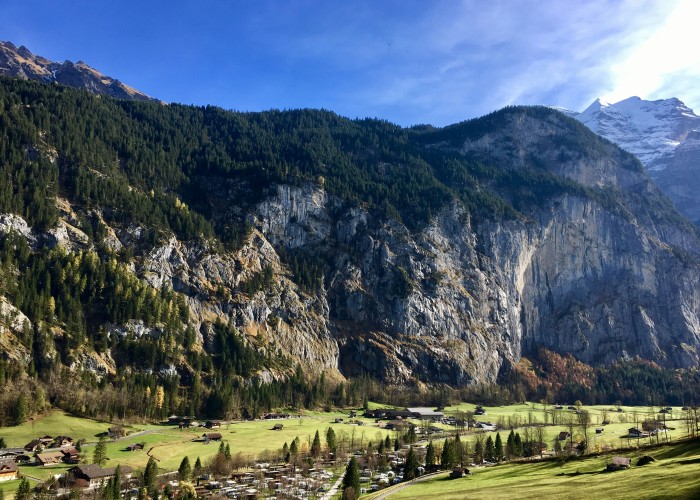
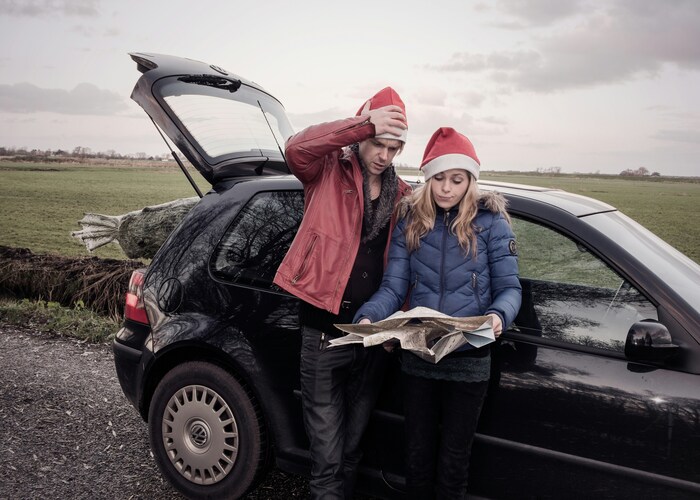
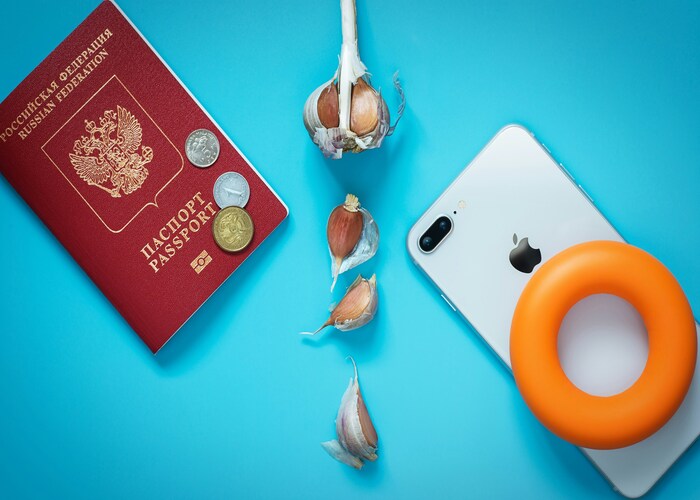
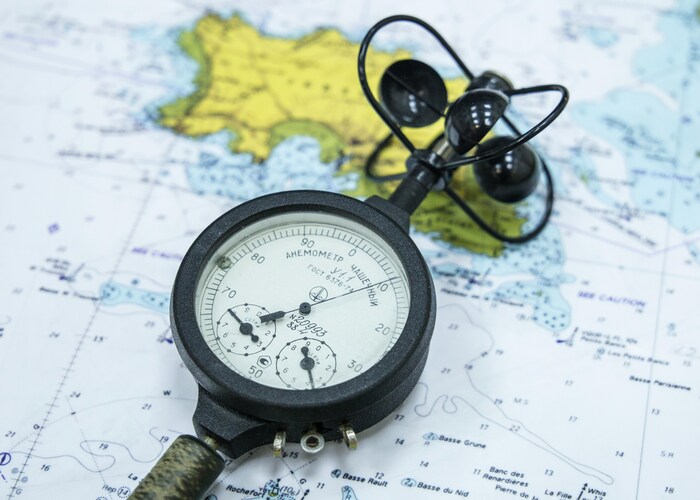
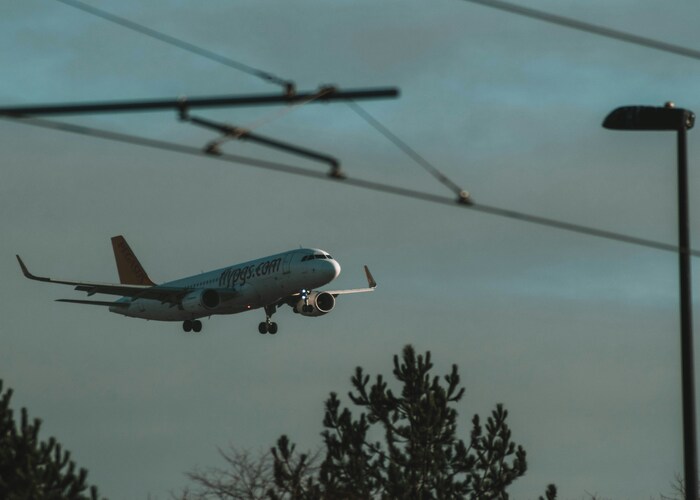
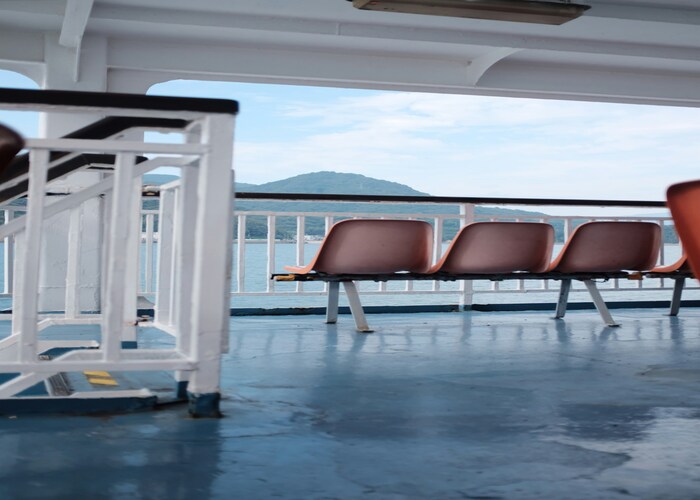
Leave a Reply